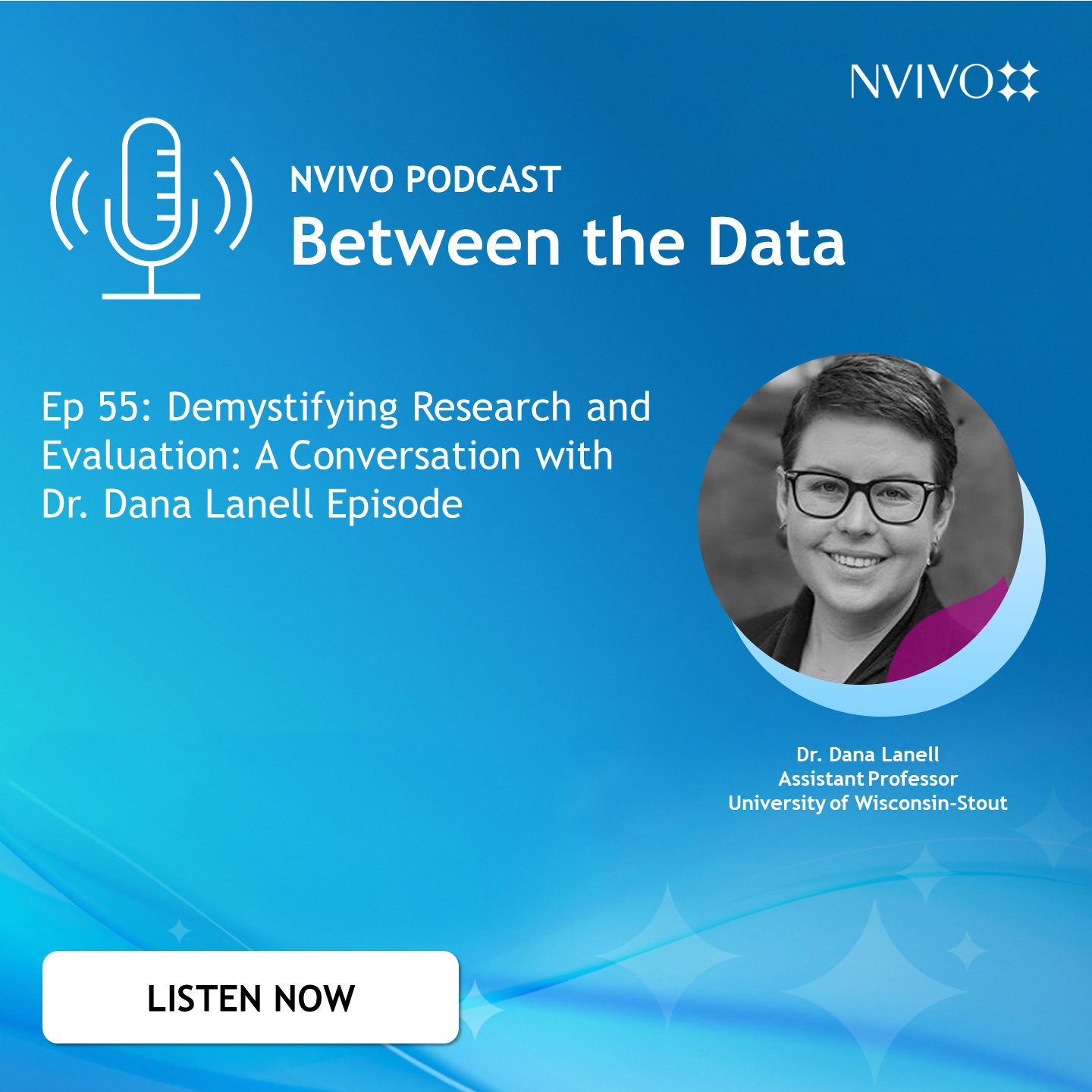
A Conversation with Dr. Dana Lanell
In a recent podcast episode, we had the privilege of delving into the complexities of the evaluation profession with Dr. Dana Lanell, an esteemed Assistant Professor of Psychology and Evaluation at the University of Wisconsin-Stout. The conversation was rich with insights into the often-misunderstood field of evaluation.
Starting out, Dr. Lanell shared her journey into the evaluation profession, highlighting how it intersects with varied areas like personnel and product evaluations. She further differentiated evaluation from other similar activities like applied research, outlining the unique role of values inquiry in the evaluation process.
“To me, when I think of evaluation, there is a few components to it. One of which is that it is a scientific enterprise – that you are doing systematic inquiry, that you are using social science research methods, that you are investigating something using that scientific inquiry,” said Dr. Lanell. “It’s this extra additional component of evaluation which I think helps with distinguishing evaluation from other things, and it’s the values component of evaluation."
Next, Dr. Lanell discussed exploring the intricate relationship between research and evaluation. One of Dr. Lanell’s past studies was about the five different perspectives on this relationship, from viewing evaluation as applied research to considering it as a larger trans-discipline.
The study asked members of the American Evaluation Association and American Educational Research Association ‘What is the definition of evaluation?” From there, Dr. Lanell coded the responses to locate the key components of the definitions.
The first thought process discussed was thinking of applied research and evaluation as one of the same. If it’s a Venn diagram, then it would be completely overlapping.
"You could also think of evaluation and applied research as having similar yet distinct components. So again, Venn diagram, but it's overlapping, but not completely,” said Dr. Lanell. “So there's unique components to both. But there's also key similarities between both as well.”
The third option was thinking of evaluation as a continuum, and the final two perspectives were thinking of evaluation as a sub-component of research.
A fascinating concept that surfaced was the hourglass figure, which shows how research and evaluation diverge at the beginning and end of a study while the methods and results in the middle often overlap. This exploration illuminated the unique output and stakeholders that differentiate research from evaluation.
In conclusion, Dr. Lanell emphasized the exploration of reporting evaluation findings and the importance of tailoring reports to the audience. We examined various reporting techniques from journal articles to infographics and videos, discussing their effectiveness in communicating findings.
“You have to think more critically about how you're writing things up. And so some of the things you're thinking about are overall organization, right?” said Dr. Lanell. “You're not going to spend half your paper talking about your intro and methods. You're going to get to the point. What do they care about? They care about the findings.”
Whether you're an evaluator, a researcher, or simply an interested listener, this episode is sure to provide you with a deeper understanding of the evaluation profession. So, get ready to have your perspective on evaluation revolutionized!
Listen to the full episode to learn more about Dr. Lanell's work and her insights into the evaluation profession, and register for the free, virtual Lumivero Conference (Sept. 27-28) to watch Dr. Lanell’s keynote presentation this fall.
